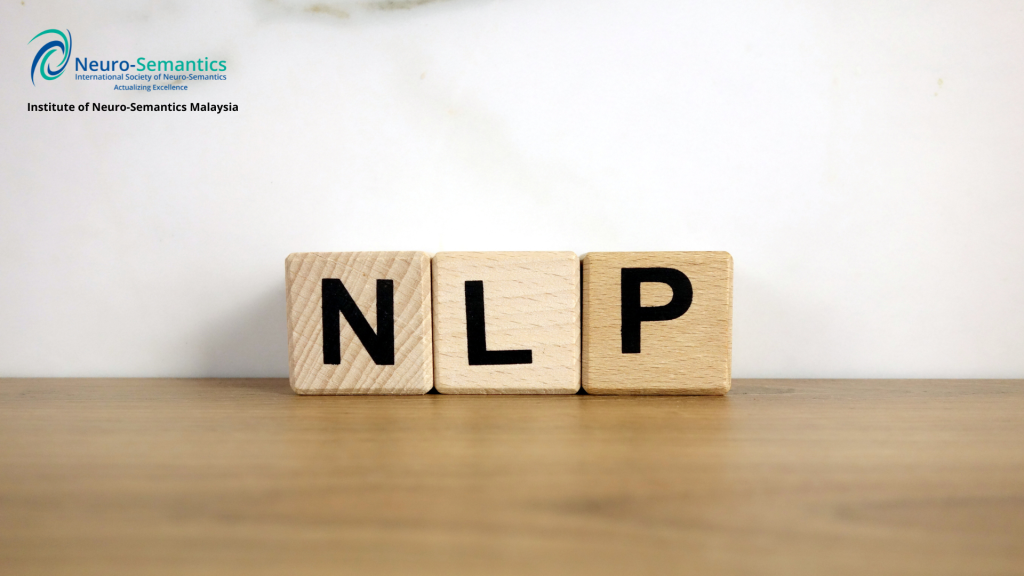
NLP helps with many things like how we raise our kids, lead teams, and make choices. These are some of the most important ways we use NLP. People often mix them up with what NLP really is. That’s why some say it’s about modeling, therapy, or self-improvement. NLP is related to all of these, but what’s its real core?
NLP as a communication model, which is like a way to understand how we talk and think, isn’t therapy, psychology, or self-help. So, what is it? People have wondered about this for a long time. It’s like a puzzle for NLP trainers!
NLP goes deeper than all of that. When we think of it as how we talk and think, it’s about understanding how we create our feelings, skills, and what we know. It’s like finding the hidden structure of our experiences. When you know this structure, you can copy it.
Surprisingly, NLP is even more than just how we talk and think. This has been there from the start, but most of us didn’t notice. Maybe it’s because calling it a way to talk and think is easier to understand. What else would you call it?
When Bob and Michael Hall explained NLP in our books, we said it’s mainly about how we talk and think. Look at the first NLP model – it’s about language in therapy. The second one is about the way we represent things in our minds, like pictures or feelings. The third model is about how we make plans and strategies in our minds. The fourth model is about how we use words in a special way to make people think differently. The fifth one is about how people think differently from each other. This is a lot of evidence that NLP is about how we talk and think. But could it be something deeper?
Maybe we can call it a “thinking model.” But what is a thinking model? How do you model thinking? Thinking itself seems so basic, so what are its parts? Maybe that’s why we never thought of NLP as a thinking model. But let’s pretend it is for a moment. Imagine we call NLP a thinking model. After all, if we look at each communication model, we see that thinking is at the heart of it.
The first model is about how we use language to think.
The second model is about how we picture things in our minds.
The third model is about the way we plan things in our heads.
The fourth model is about how we use special words to make people think differently.
The fifth one is about how people think in their unique ways.
This shows that all kinds of thinking are not the same. It also reminds us that how we think affects how we talk and communicate. If our thinking is wrong or confused, everything that comes from it will be too. That’s why changing people and groups needs new and better thinking.
So, NLP is mainly a Thinking Model. When you truly understand NLP, you know it’s a way to think, rethink, and do both critical and creative thinking. With this in mind, the key to change is thinking differently. It’s about fresh and careful thinking.
Thinking has always been at the core of NLP, but we didn’t notice. Maybe we thought “thinking” was too simple or not exciting enough. Maybe we wanted a cooler name like communication, change, or modeling. Now, as a Thinking Model, NLP gives us almost everything we need to understand thinking.
Curated by Danielle Tan.
Reference:
1. [Neurons] 2023 Neurons #43 WHAT NLP REALLY IS by L. Michael Hall, Ph.D. Executive Director, ISNS.